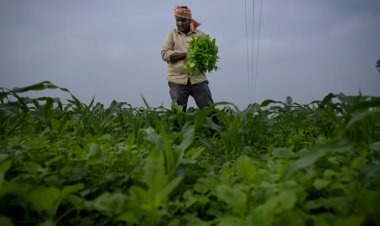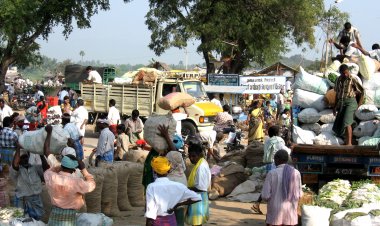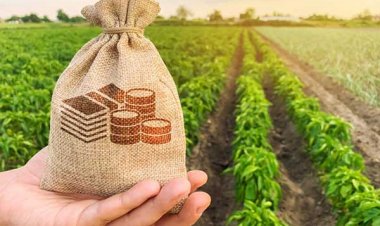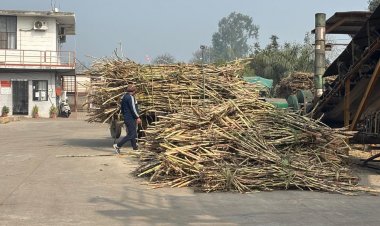Prices of rice, wheat stable in India: FAO
In India, rice prices were stable or increased in some markets, supported by ongoing government purchases and robust local demand, amid a reduced output forecast in 2022/23, associated with a decline in the area planted. Firm international demand for the non-basmati rice variety also supported prices, the FAO said in its latest Food Price Monitoring & Analysis Bulletin.
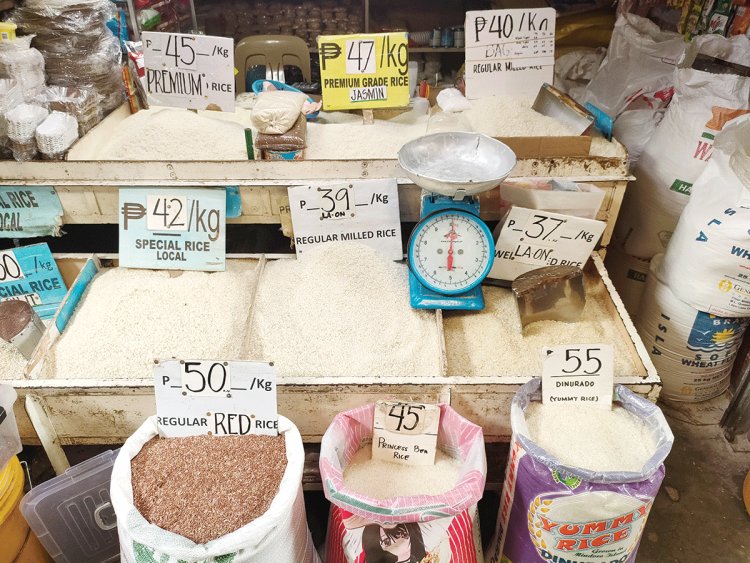
Domestic prices of rice showed mixed trends in April 2023 and were well above their year-earlier level. Price increases mostly concerned the subregion’s exporters, with the most pronounced month-on-month gains registered in VietNam and Thailand, mostly attributed to increased export demand from traditional buyers.
In Myanmar, prices of “Emata” rice, a widely consumed variety, continued to seasonal increase in April to new record highs and were 100 percent higher year-on-year, supported by below average harvests in 2021 and 2022, high agricultural input and transport costs, and sustained export demand.
The recent upsurge in violence has caused disruptions of market activities, adding further support to prices, the FAO said in its latest Food Price Monitoring & Analysis Bulletin.
In India, rice prices were stable or increased in some markets, supported by ongoing government purchases and robust local demand, amid a reduced output forecast in 2022/23, associated with a decline in the area planted. Firm international demand for the non-basmati rice variety also supported prices.
According to official estimates, as of 30 April 2023, about 50 million tonnes of paddy have been procured in the current 2022/23 marketing year (October/September), representing nearly 30 per cent of the 2022/23 production estimate.
Domestic rice prices changed little and were marginally above their year-earlier levels in China (mainland) and Bangladesh, reflecting adequate market availability. In Cambodia, rice prices declined with the commercialization of the newly harvested 2023 crops, estimated at an above-average level. In Sri Lanka, rice prices have been on a steady decline since August 2022, mostly reflecting increased market availabilities from 2022/23 harvests and improvements in macroeconomic conditions.
Overall, rice prices remain 15 per cent above their year-earlier levels. Wheat flour prices tended to decline owing to the onset of the 2023 main wheat crop harvest in most countries of the subregion.
The main exception was Pakistan, where prices of domestic wheat flour, the country’s main food staple, continued to increase, reaching new record highs in April despite the ongoing 2023 harvest. Price increases are linked to higher demand during the month of Ramadan, amid generally tight availabilities, coupled with high agricultural input and transport costs, and general inflationary pressure.
Weather setbacks during the 2023 wheat growing season dampened earlier prospects for a bumper harvest, adding further upward pressure on prices. In China (mainland), domestic wheat prices have generally declined since the beginning of 2023, reflecting adequate market availabilities and expectations of an above average 2023 wheat harvest, to start in May.
In India, wheat grain and wheat flour prices were stable or declined, with the onset of the 2023 main harvest, estimated at an above-average level. Similarly, domestic wheat flour prices declined in Sri Lanka, reflecting trends in the international markets and in Bangladesh, where the commercialization of the 2023 harvest is weighing on prices.



 Join the RuralVoice whatsapp group
Join the RuralVoice whatsapp group
































